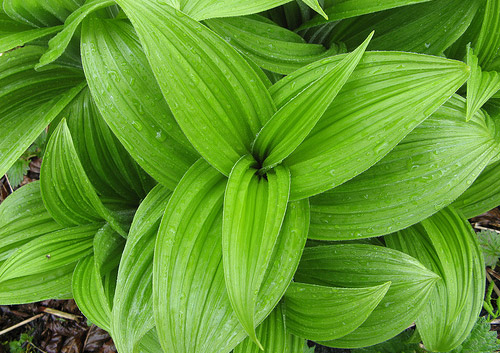
We’ve made it through the E’s and now time to tackle the F’s in the a-z of plants your horse can’t eat. Today’s plant is slightly less common than most, but False Hellebore is still a dangerous beauty.
A Little About False Hellebore
Veratrum viride is also called False Hellebore, Indian Hellebore and Indian Poke. This is a tall perennial herb that grows from one central stem. Broad, elliptical leaves grow in a spiral and are hairy on the underside. Flowers have green/yellow petals.
How Dangerous Is It?
This plant is highly unpalatable to equines and generally only a concern during drought conditions. However it does contain steroidal alkaloids which are highly toxic and should be noted.
All parts of this plant are toxic (highest concentration in the roots) and can be fatal to equines.

What To Look For
You know your animal the best, so you should know when something is amiss. False Hellebore toxicity symptoms include gastrointestinal upset, excess drooling, heavy breathing, muscle spasms, difficulty breathing and paralysis.
Learn More
Be sure to check out the False Hellebore page to learn more about the plant and while you are at it why not check out more toxic plants?
*It should be noted that I’m not a veterinarian. This information is written specifically for horses and should be used for reference purposes only. If you think your horse has eaten something toxic call your vet right away.
